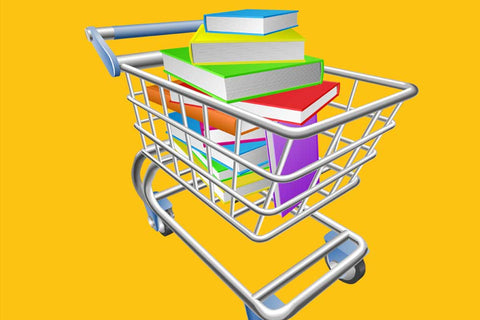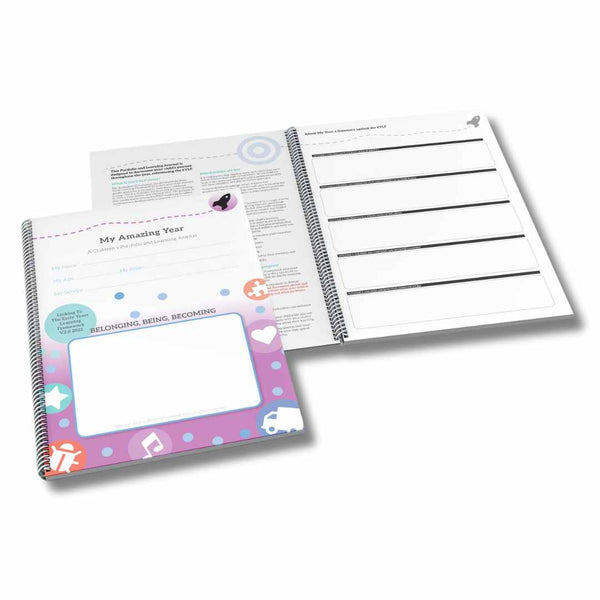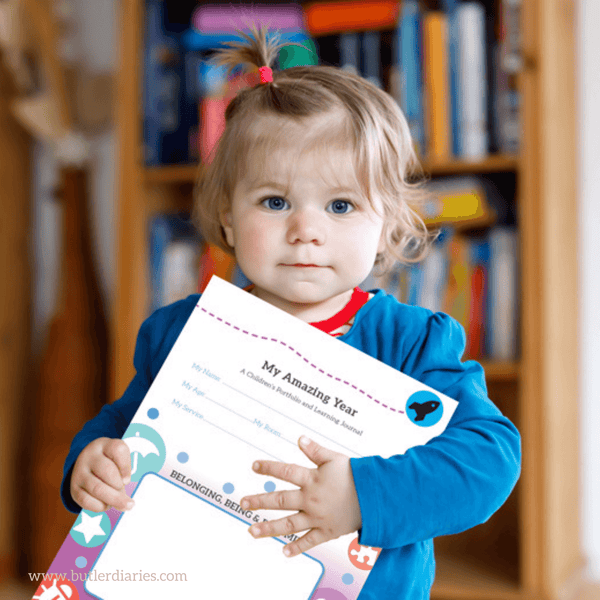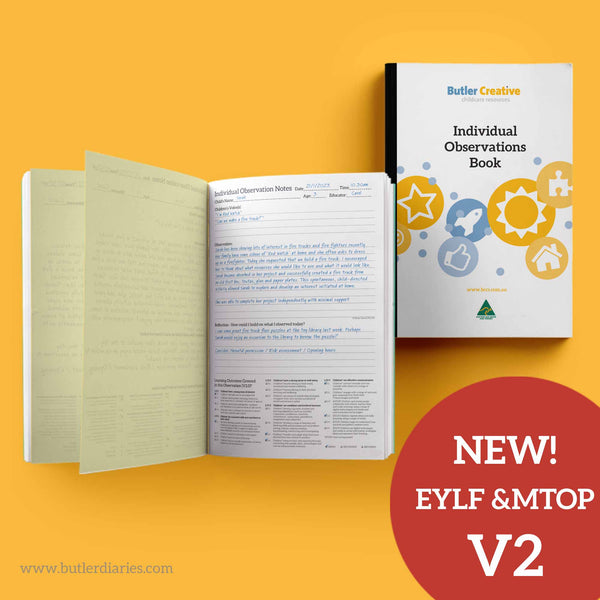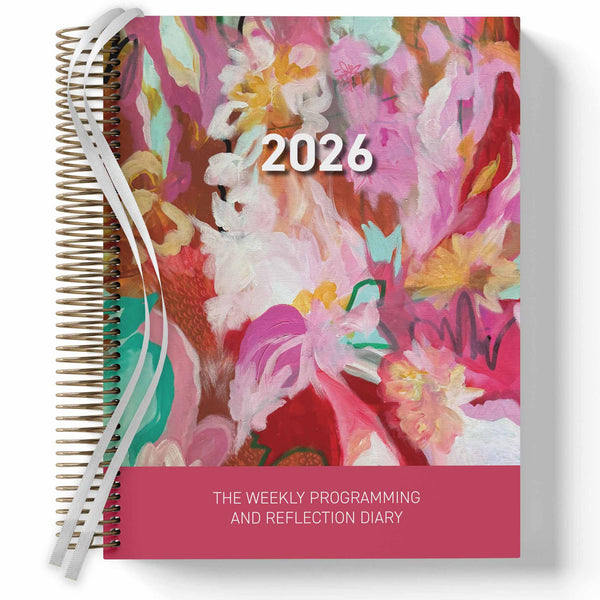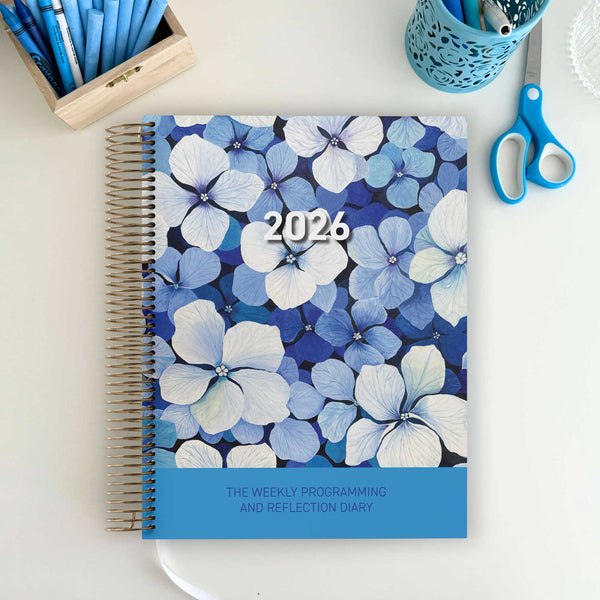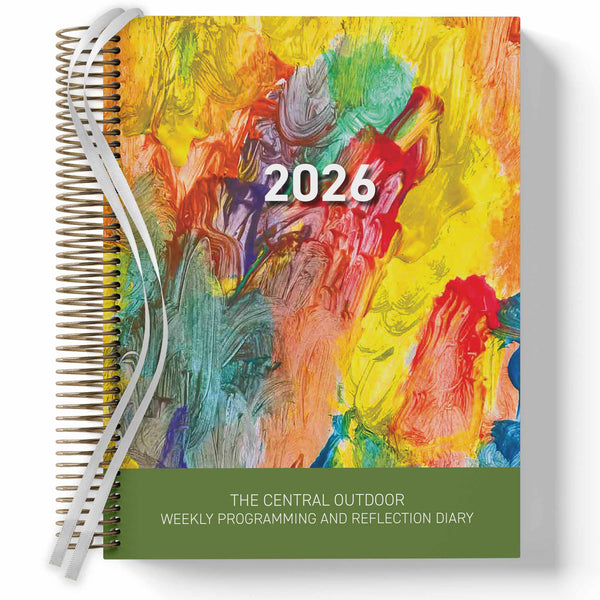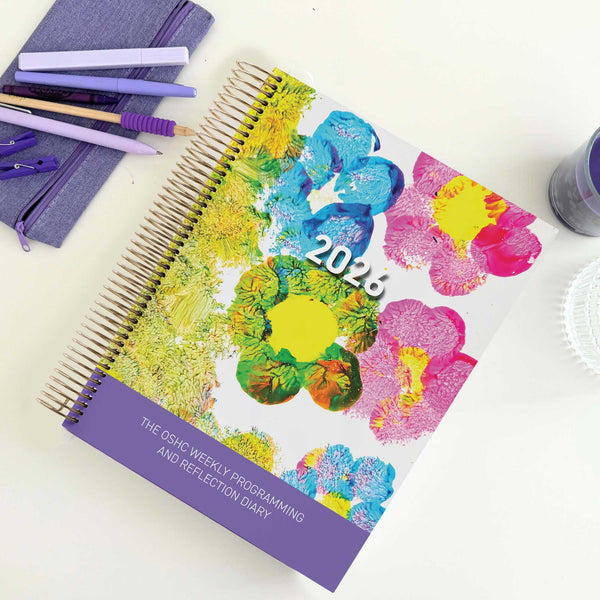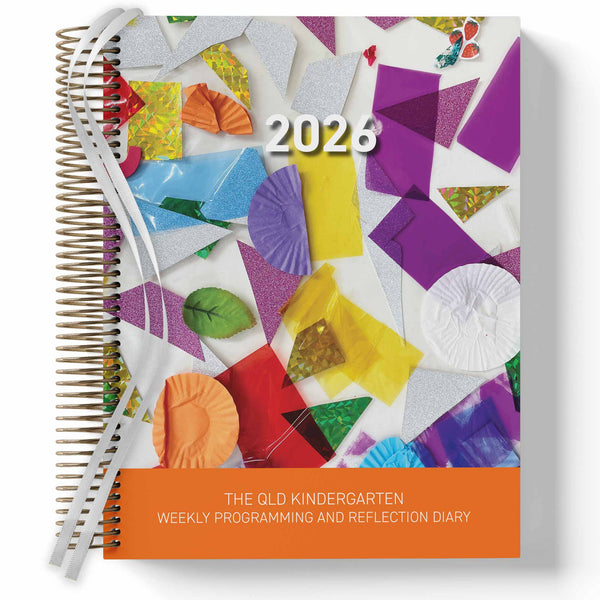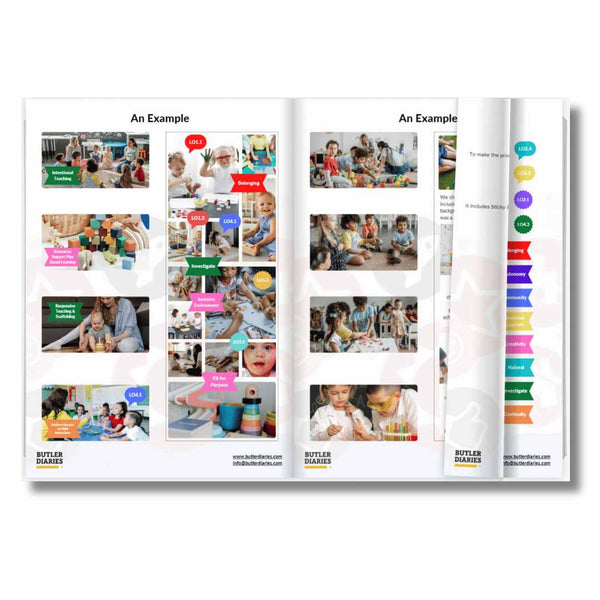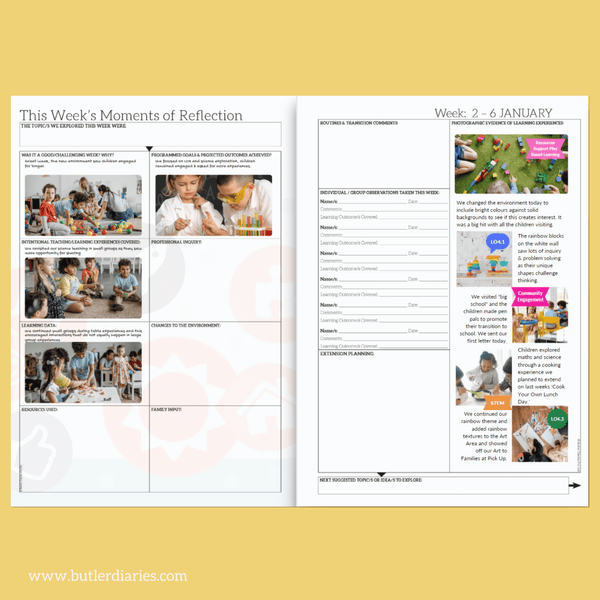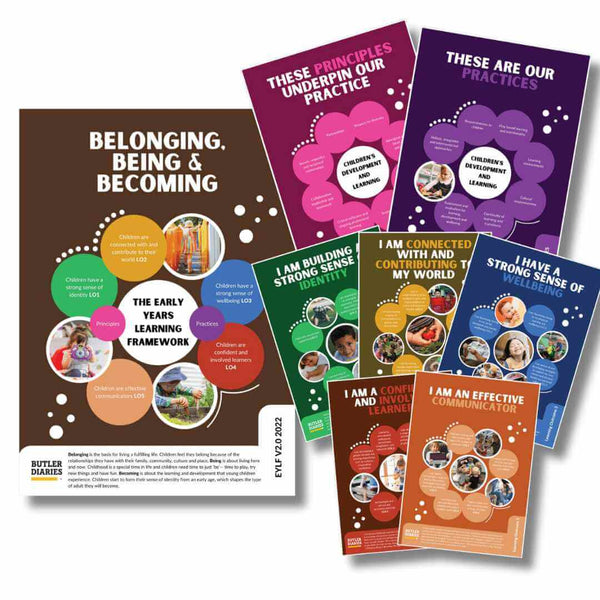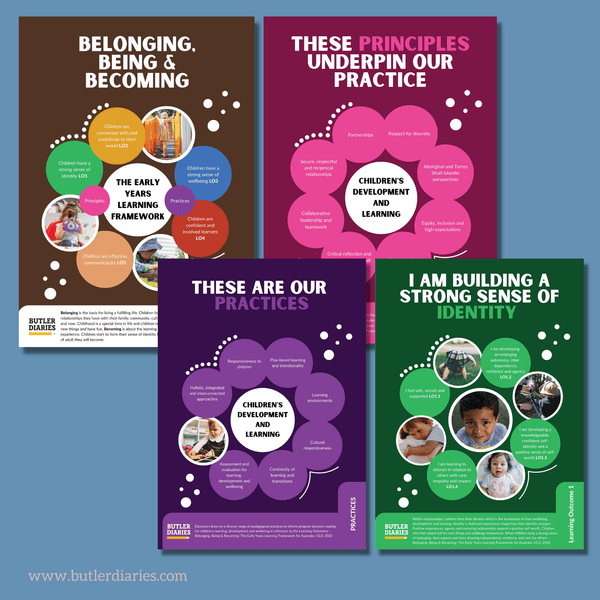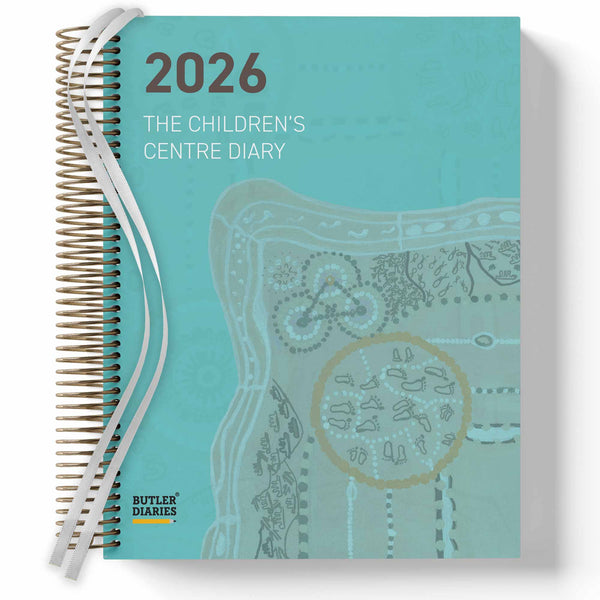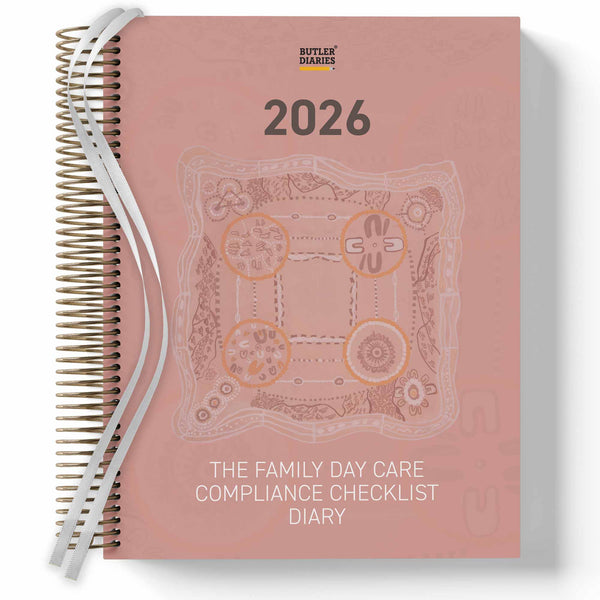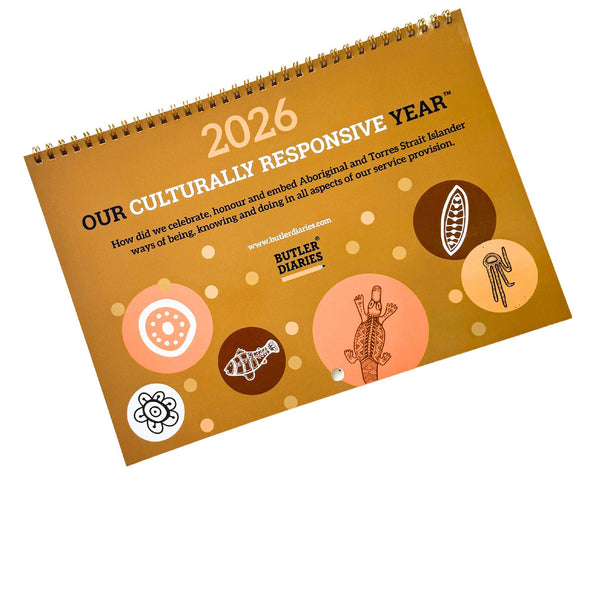arly childhood development is a crucial period that lays the foundation for a child's future growth and success. During this period, children go through significant changes in their physical, emotional, cognitive, and social development. In this blog, we will discuss the critical developmental milestones that children go through during early childhood, in the context of the Early Years Learning Framework and the National Quality Standards.
Developmental Milestones
Developmental milestones are skills or abilities that most children can accomplish at a specific age range. They are essential indicators of healthy growth and development, and monitoring them can help identify any delays or concerns that may require additional support.
Physical Development Milestones
Physical development refers to the growth and changes in a child's body and the ability to use their muscles and senses. Here are some of the critical physical milestones that occur during early childhood:
- Gross motor skills: These are the skills that allow children to control their body movements. By 12 months, most children can sit up without support, and by 18 months, they can walk alone. By three years, they can jump and run with ease.
- Fine motor skills: These skills involve the use of small muscles, such as those in the hands and fingers. By 12 months, most children can grasp objects, and by two years, they can use a spoon and fork. By four years, they can draw basic shapes and use scissors.
- Vision and hearing: Early childhood is a critical period for the development of vision and hearing. Children should have regular check-ups with a paediatrician to ensure that they are developing.
Cognitive and Language Development Milestones
Cognitive development refers to the mental processes involved in learning, including memory, attention, problem-solving, and language development. Here are some of the critical cognitive and language milestones that occur during early childhood:
- Language development: Children typically begin to speak their first words around 12 months and continue to develop their language skills rapidly during early childhood. By three years, most children can form simple sentences, and by five years, they can tell detailed stories.
- Symbolic play: This is the ability to use objects to represent something else, such as using a block as a telephone. Symbolic play is essential for cognitive development, as it helps children learn to think abstractly.
- Memory and attention: Early childhood is a period of rapid development of memory and attention skills. By three years, most children can remember the names of familiar objects and people, and by five years, they can follow multi-step instructions.
Social and Emotional Development Milestones
Social and emotional development refers to a child's ability to form relationships with others, manage emotions, and understand social cues. Here are some of the critical social and emotional milestones that occur during early childhood:
- Attachment: During early childhood, children form attachments to their primary caregivers, which are essential for emotional development.
- Empathy: Empathy is the ability to understand and share another person's feelings. By three years, most children can recognise and respond to others' emotions.
- Play and socialisation: Play is critical for social and emotional development. By four years, most children can play cooperatively with others, developing social skills such as sharing, taking turns, and empathy.
Early Years Learning Framework and National Quality Standards
The Early Years Learning Framework (EYLF) is a national framework for early childhood education and care services in Australia. It outlines the key outcomes that children achieve in their early years, including physical, social, emotional, and cognitive development.
The National Quality Standards (NQS) is a set of quality standards that early childhood education and care services in Australia must meet. The standards focus on ensuring that children are supported to achieve positive outcomes in their learning and development.
It is important to remember, “Children’s learning is ongoing and each child will progress towards the outcomes in different and equally meaningful ways. Learning is not always predictable and linear. Educators plan with each child and the outcomes in mind.” - Early Years Learning Framework, p.19.
Every child develops at their own pace, and some may reach certain milestones earlier or later than others. However, monitoring developmental milestones can help educators identify potential delays or concerns and seek appropriate support if needed.
"When educators embed the practices and principles of the EYLF into their daily practice, the EYLF outcomes will follow, as will the capacity to meet the National Quality Standards." - Developmental Milestones and the EYLF and NQS, p.3.
How Can Educators use Developmental Milestones in their Practice and Documentation?
Early childhood educators play a crucial role in facilitating children's development and learning during the critical early years. Understanding and utilising developmental milestones can greatly enhance your practice and documentation. Here are some ways educators can incorporate developmental milestones into their work:
-
Assessment and observation: Educators can use developmental milestones as a framework for assessing and observing children's progress. By assessing children's skills and behaviours in regards to milestones for their age group, educators can identify areas where children may need additional support or challenges.
-
Individualised planning: Developmental milestones provide a guide for setting appropriate goals and planning individualised activities for children. Educators can tailor their teaching strategies and curriculum to address each child's specific developmental needs, ensuring they receive appropriate and stimulating experiences.
-
Curriculum development: By aligning their curriculum with developmental milestones, educators can ensure that their programming covers a wide range of skills and abilities. They can design activities and learning experiences that are developmentally appropriate and target specific milestones, fostering children's growth across different domains, such as cognitive, physical, social, and emotional.
-
Parent communication and engagement: Developmental milestones serve as a valuable tool for educators to communicate with parents about their child's progress. Sharing information about milestones and discussing how parents can support their child's development at home helps create a strong partnership between educators and families.
-
Early intervention: Identifying delays or potential developmental concerns early is crucial for providing timely intervention. Educators can use developmental milestones to recognise when a child may be falling behind and collaborate with families and specialists to initiate appropriate support services or referrals.
-
Professional development: Educators can enhance their own knowledge and skills by staying updated on current research and understanding the developmental milestones relevant to their age group. Participating in professional development opportunities focused on child development can help educators refine their practice and better support children's growth.
It is important to note that developmental milestones should be seen as flexible guidelines rather than rigid expectations. Each child is unique, and there is considerable individual variation in the timing and sequence of development. Educators should use milestones as a reference while recognising and respecting the diverse pathways to development that children may take.
Using Developmental Milestones to Program EYLF Experiences
Educators can effectively use developmental milestones to program Early Years Learning Framework (EYLF) activities for children in early childhood services in the following ways:
-
Identify appropriate learning outcomes: Developmental milestones help educators understand the typical skills and abilities children are expected to achieve at various stages of development. By aligning these milestones with the learning outcomes outlined in the EYLF, educators can select activities that target specific areas of development and promote holistic learning.
-
Plan activities based on milestones: Educators can use developmental milestones as a guide to plan activities that are developmentally appropriate and challenging for the children in their care. They can design experiences that support and scaffold children's progress towards achieving the milestones within the EYLF framework. For example, if the milestone involves fine motor skills, educators can plan activities that promote hand-eye coordination or small muscle control.
-
Offer a range of experiences: Developmental milestones cover multiple domains of development, including cognitive, physical, social, and emotional areas. Educators can use these milestones to ensure a balanced and comprehensive program that offers a variety of experiences to foster growth in different areas. For instance, they can plan activities that promote problem-solving skills, physical coordination, social interactions, and emotional self-regulation.
-
Individualise activities: Each child develops at their own pace, and their interests and strengths vary. By considering developmental milestones, educators can tailor activities to meet individual needs and interests. They can offer choices and adapt activities to challenge children who have already achieved certain milestones while providing additional support for those who are still working towards them.
-
Monitor and document progress: Developmental milestones provide a benchmark against which educators can track children's progress. By regularly observing and documenting children's skills and behaviours, educators can assess whether children are meeting the milestones outlined in the EYLF. This information can be shared with families to promote collaboration and inform future programming decisions.
-
Reflect and evaluate: Educators can use developmental milestones to reflect on the effectiveness of their programming and make adjustments as needed. By analysing children's progress and comparing it to the milestones, educators can identify areas of strength and areas that require further attention or modification in their activities and strategies.
By using developmental milestones as a guide, educators can create a rich and purposeful learning environment that supports children's growth and progress within the context of the EYLF framework.
You can learn more here - https://www.acecqa.gov.au/sites/default/files/2018-02/DevelopmentalMilestonesEYLFandNQS.pdf
You can also learn how our resources link with Theorists, Developmental Milestones, Frameworks, and NQS by downloading the compliance PDF's from the product pages.
